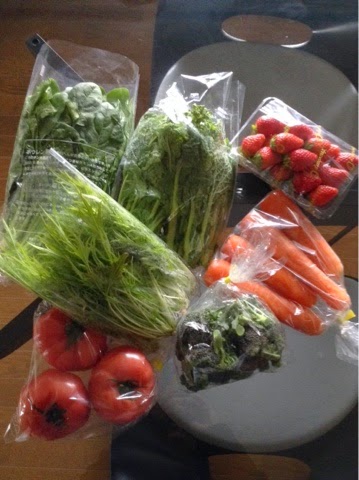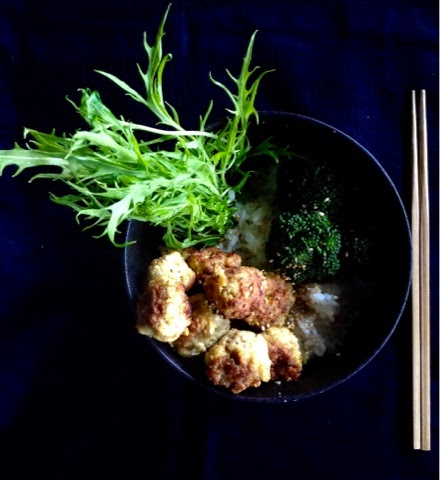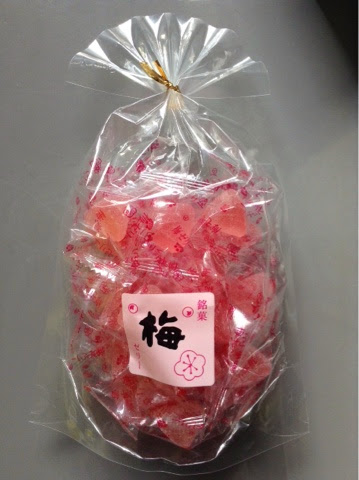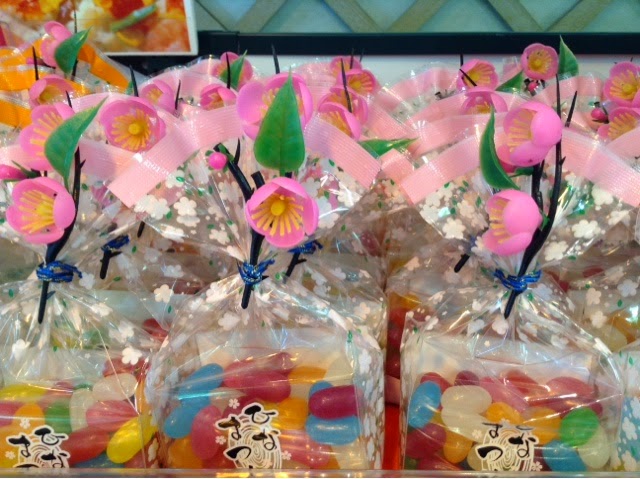My husband and I usually play tennis together every Saturday morning for aboug 2h, and sometimes the stakes are really high: we play for the color of our new car, its model, the options, and sometimes even what we’ll have for lunch. That’s how my husband win his piece of meat ;). After our game we usually head to the beach for a refreshing swim, so once we’re back home we’re literally starving so I need to fix something quick and nourishing. Japanese rice is always a good option because it can be cooked unsupervised and gives me enough time to drop by the shower! Cucumbers, tomatoes and all other vegetables that can be eaten raw, Japanese pickles, scrambled eggs… are also very handy. Finally, leftover and tofu make our lunch look like something awesome.
This time it’s a mixture of all that. Plain white rice topped with some sesame seeds, sesame-tofu from Mount Koya, miso green beans, and raw cucumber.















